The SV 973A is a professional Class 2 sound level meter designed for occupational noise and environmental assessments. Fully compliant with BS EN 61672-1:2013, it features a patented MEMS microphone with a lifetime warranty, extended operating range from 25 to 141 dB Peak, and real-time 1/1 and 1/3 octave analysis. With built-in Bluetooth® and support for the Assistant Pro mobile app, the SV 973A is ideal for HSE-compliant noise monitoring in UK workplaces.
The SV 973A stands out as the best Class 2 sound level meter thanks to its robust MEMS microphone and advanced sound exposure features. With a wide dynamic range and compliance with BS EN 61672-1:2013, this device meets UK professional expectations for industrial, environmental, and occupational noise assessments.
The SV 973A also supports real-time 1/1 and 1/3 octave analysis, STIPA, and RT60 measurements—functions rarely found in Class 2 instruments. Combined with a Bluetooth® interface and Assistant Pro app, this meter provides unmatched functionality for daily use in the field.
Accuracy
Class 2 performance according to BS EN 61672-1
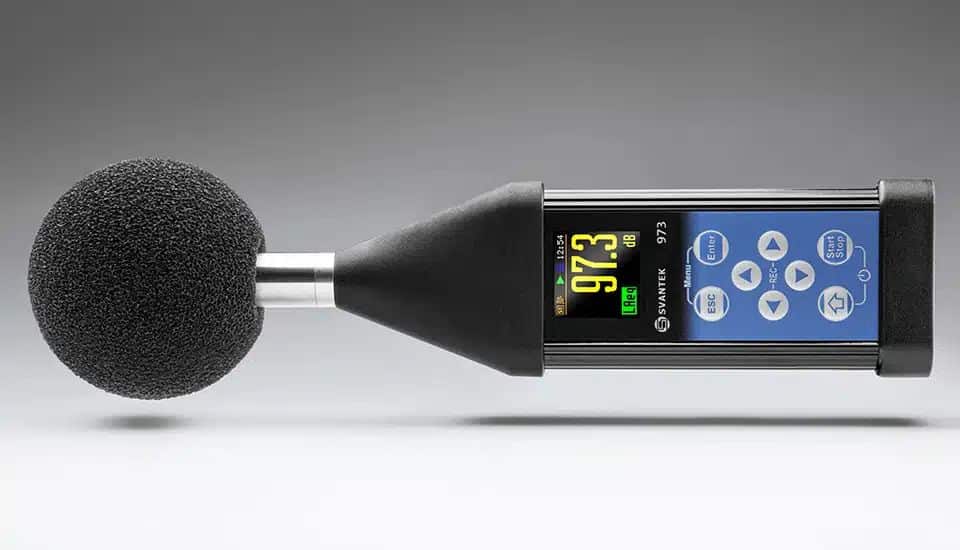
Frequency Analysis
Real-time octave filters and WAV recording
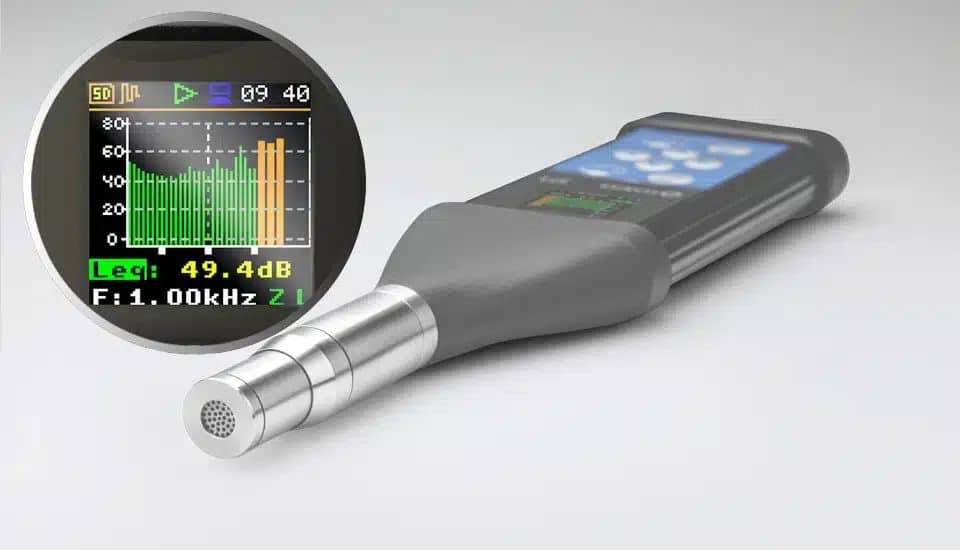
Digital Meter
Sound level data acquisition and logging
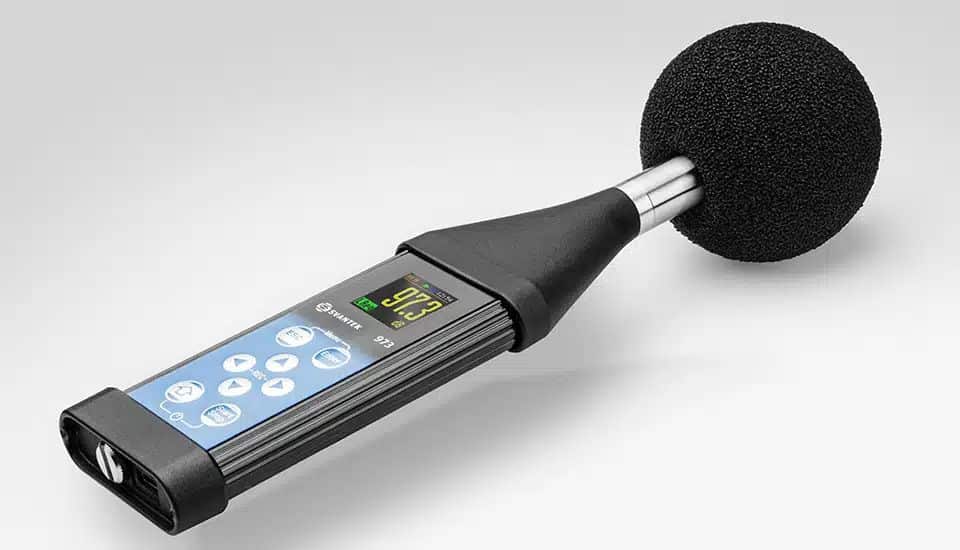
Class 2 vs. Class 1
Differences in accuracy and measurement range
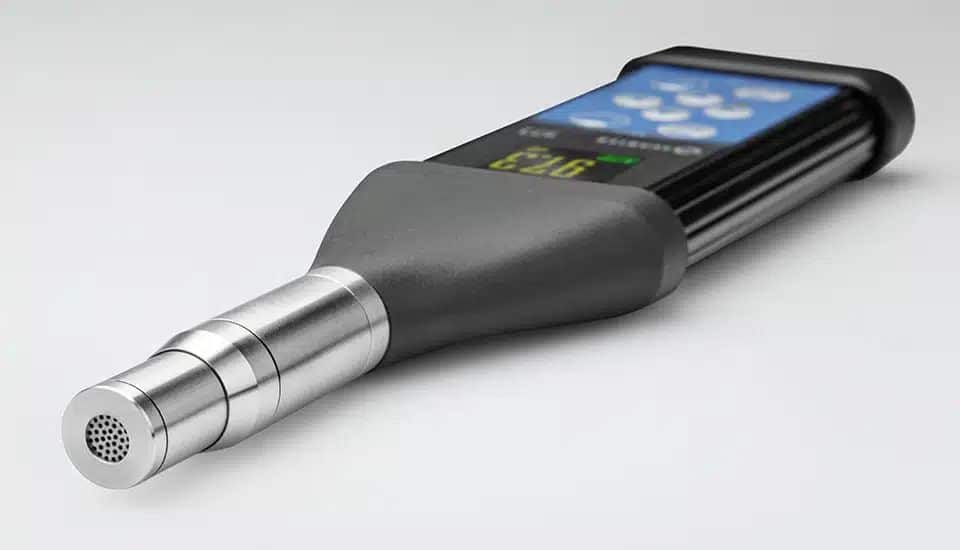
Microphone
MEMS-based technology with lifetime durability

Mobile Application
Assistant PRO for remote operation and alerts

Auto Calibration
Fast acoustic calibration with stability tracking

RT 60
Reverberation time measurement for acoustic spaces
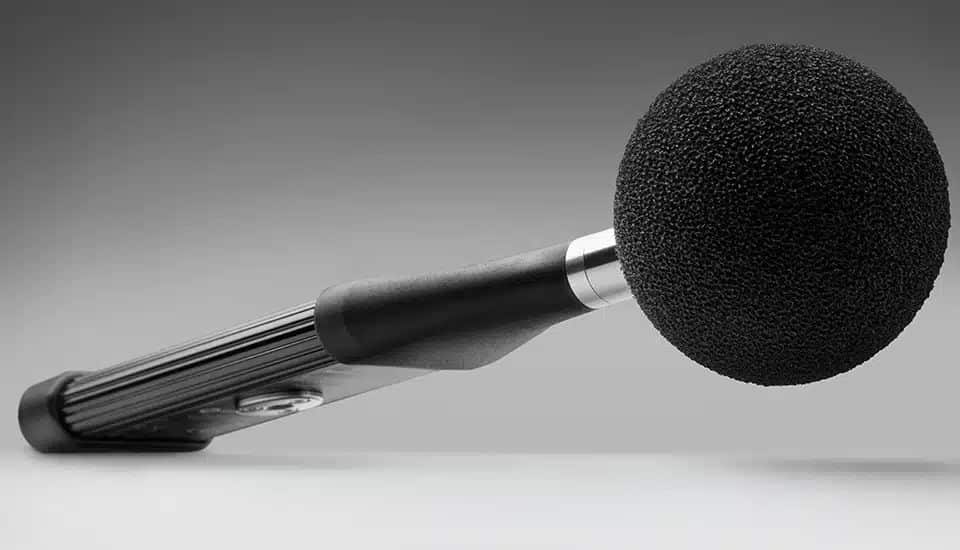

Class 2 performance according to BS EN 61672-1
Read more

Real-time octave filters and WAV recording
Read more

Sound level data acquisition and logging
Read more

Differences in accuracy and measurement range
Read more

MEMS-based technology with lifetime durability
Read more

Assistant PRO for remote operation and alerts
Read more

Fast acoustic calibration with stability tracking
Read more

Reverberation time measurement for acoustic spaces
Read more
Download the SV 973A Class 2 Sound Level Meter catalogue to explore its advanced features, including real-time frequency analysis, triggered audio recording, and extended STIPA and RT60 measurement capabilities. This compact and durable meter is ideal for occupational noise assessments, offering high performance with low power consumption and full mobile app integration for streamlined field operation.
Occupational Noise Measurements
Class 2 Noise at Work Assessments
The SV 973A is a Class 2 Sound Level Meter designed for workplace noise assessments in line with UK Control of Noise at Work Regulations 2005 and BS EN 61672-1. It measures up to 141 dB and delivers accurate results even in harsh industrial environments. With its durable MEMS microphone and easy-to-use interface, it ensures efficient and compliant noise monitoring.
Read more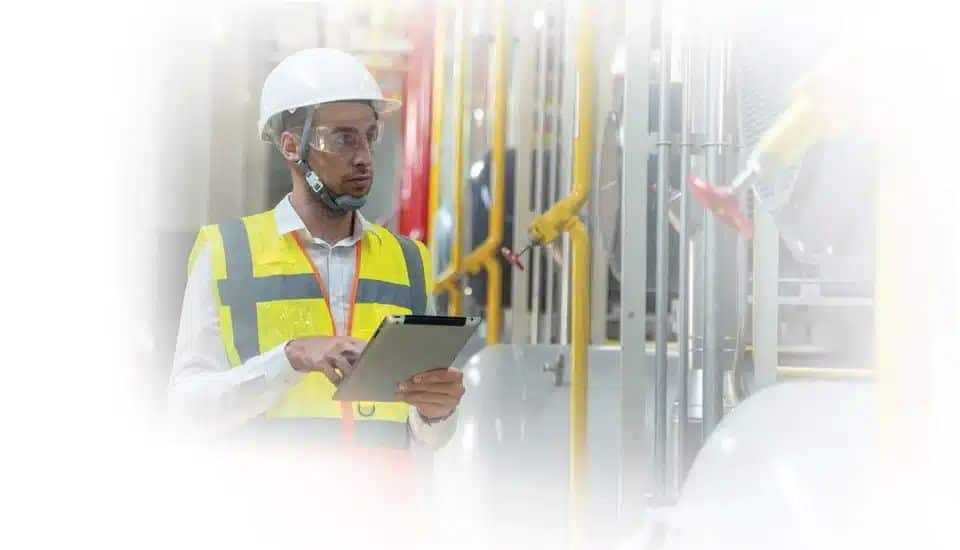
Class 2 Sound Measurements
Accurate noise assessments up to 10 kHz
The SV 973A Class 2 Sound Level Meter measures sound pressure levels up to 10 kHz, fully compliant with BS EN 61672-1:2013. It supports A, C and Z frequency weightings and time-weighted measurements, ensuring reliable results in schools, workplaces, and construction sites. Built for precision and ease of use, it’s ideal for both environmental and occupational noise monitoring.
Read more
STIPA in accordance with BS EN 60268
Class 2 Speech Transmission Measurements
STIPA, as defined in BS EN 60268-16, assesses the speech intelligibility of public address and voice alarm systems in venues like airports, concert halls, and shopping centres. The method requires a Class 2 sound level meter compliant with BS EN 61672-1, such as the SV 973A. With support from the Building Acoustics PRO app, the SV 973A enables efficient STIPA analysis and system performance evaluation.
Read more
The class 2 sound level meter is a professional sound measuring device, which can measure the noise of various environments.
With its high accuracy and wide range of measurement, it's perfect for any noise survey.
Class 2 Sound Level Meter SV 973A
Applications
Hardware Features
Sound measurements features
Please select the file and language version